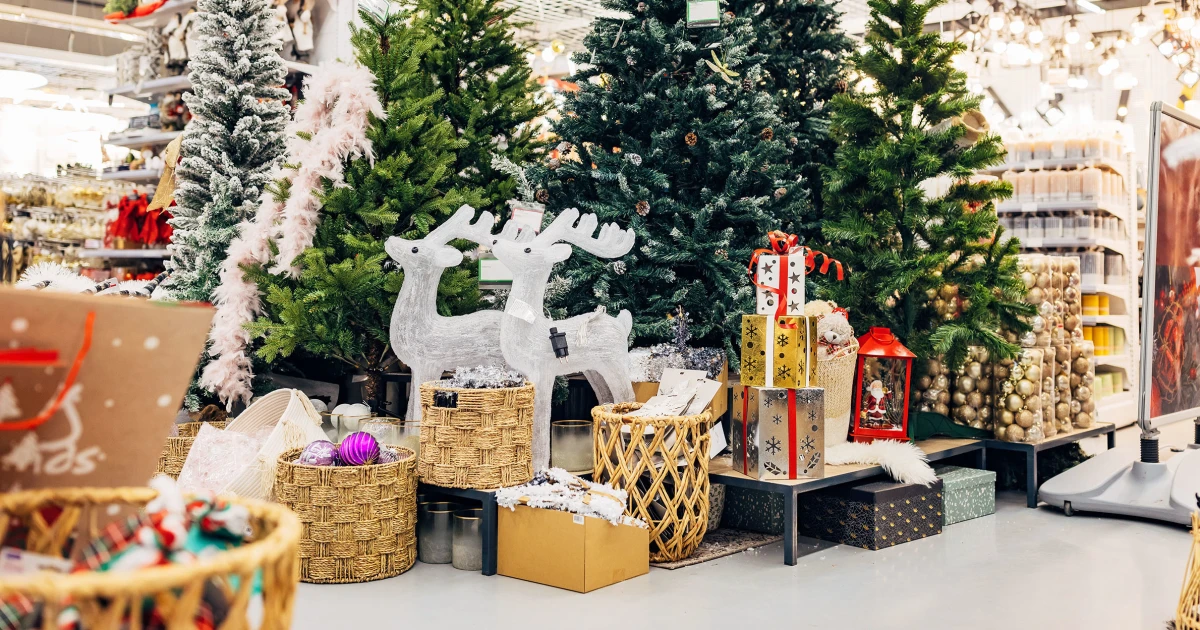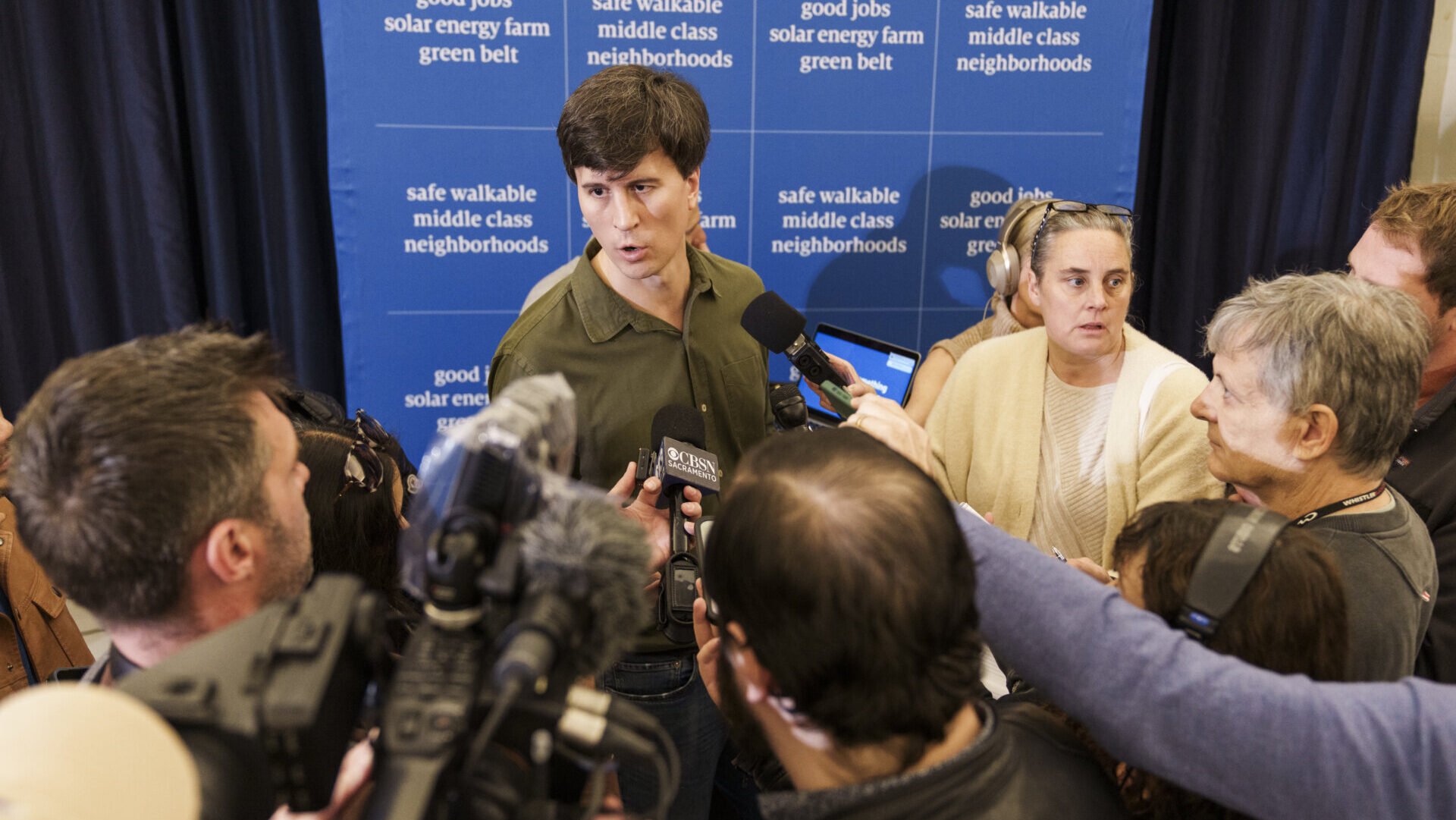Copyright NBC News

Forget the Grinch — this year, it’s tariffs that could try to steal the Christmas tree. Artificial Christmas trees will cost an estimated 10% to 20% more this season than they did last year because of increased tariff costs, according to several major U.S. importers. And the cost of lights could jump as much as 63% for the same reason. Mass market Christmas decor has not been manufactured in the United States for decades. If vendors were to try to make it domestically, the mere cost of moving the manufacturing operations would be prohibitive — let alone actually producing the trees. Mac Harman, the founder and CEO of artificial tree vendor Balsam Hill, estimates that if he were to manufacture Christmas trees in the U.S., the price of an $800 tree would skyrocket to around $3,000. “When we make Christmas trees, some of the equipment is the size of a U.S. football field,” he told NBC News in an interview. "There’s a ton of capital that’s invested in these factories, and the equipment’s so big you can’t even pick it up and put it on a container [ship] and transport it," he said. Moreover, the most popular artificial option, prelit trees, are a very labor intensive project, Harman said. The lights are often strung by hand, a job that American factories have neither the manpower nor the budgets to undertake. “There are over 20,000 people in China that manufacture Christmas trees. Many of those people are the ones that are experts in stringing the lights, and they’ve done it for a long time. They’re very fast at it. They’re good at it,” he said. Harman described how the U.S. export Christmas decor business first took off in Thailand in the 1990s, before moving to China over time. Now, he estimates, around 90% of mass market Christmas decor products are made in China. But that could be changing. Following Trump's election last November, Harman tried to diversify Balsam Hill’s supply chain because he anticipated the president would follow through with China tariffs after he had spent months campaigning on them. As a result of those diversification efforts, Harman said, during this Christmas season, around a third of Balsam Hill's trees will come from outside of China. Balsam Hill also tried to blunt tariff-related price pressures this year by importing the bulk of its inventory ahead of Trump's "Liberation Day" tariff announcement in April. But the administration's constant back-and-forth since then on China tariff rates — from a low of 30% at one point all the way up to 145% — proved too unpredictable for Harman to effectively execute the pricing plan he had initially wanted to. “Unfortunately, most of these trees [this year] have come into the industry at 20% or 30% tariffs. So those costs do add up,” he said. The overall supply of artificial trees will also take a hit this year, he said, after vendors opted to import fewer trees to offset the higher tariff costs. Harman said he expects the industry to stock 15% fewer artificial trees this season, potentially leading to fewer options for those who tree shop later in the season. Balsam Hill is not alone in paring back its Christmas decor imports during this year of outsized tariff impacts. Costco CEO Ron Vachris said on the company’s September quarterly earnings call that the big-box discounter had “really thinned down that whole category" of discretionary Christmas items such as toys and decor this year. Yet, in spite of the broader tariff pressures and stubbornly low consumer sentiment, the National Retail Federation forecasts that U.S. holiday spending will surpass $1 trillion this year for the first time. According to a recent National Retail Federation survey, the average consumer plans to spend around $270 on non-gift holiday items like decor and cards this season. One place that tariffs don't seem poised to bite American consumers this Christmas is in the live tree category. The vast majority of live trees that are sold stateside are grown in the U.S. But even those grown in Canada will be tariff-free this year under the U.S.-Mexico-Canada trade deal. This comes even as the Trump administration enacts a 45% duty on Canadian lumber entering the U.S. According to the Real Christmas Tree Board, a live tree industry group, 84% of the wholesale Christmas tree growers it surveyed recently said they do not plan to increase prices this year. “We’re one of those few products where we can say, 'Hey, we don’t have to worry about that,'” Marsha Gray, the board’s executive director, told NBC News. And given that live Christmas trees take about 10 years to grow to market size, current economic factors like tariffs are not poised to impact supply in the next few years. “We’re at a point right now where we just have a really, really strong inventory, the strongest inventory I’ve seen in over a decade,” Gray said. No matter what type of Christmas tree people choose, the National Retail Federation says that while consumers may be slightly more cautious this year about shopping, they’re also more prepared. “Somehow, every year, Santa Claus always comes, and I think that really captures the way the holiday season goes,” federation President and CEO Matthew Shay wrote in the group's holiday forecast. “People save for it, they plan for it, they prioritize it.”



